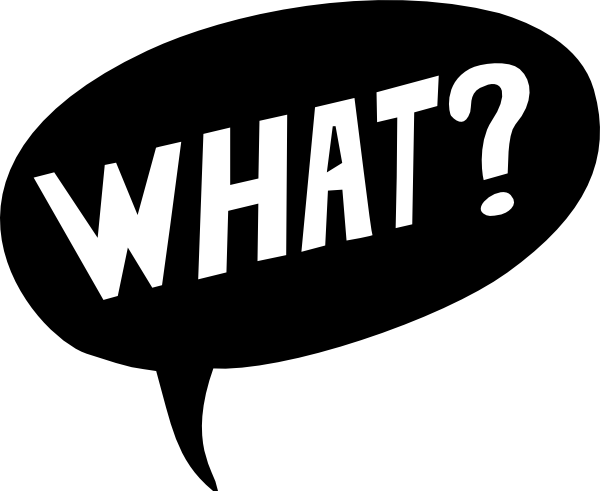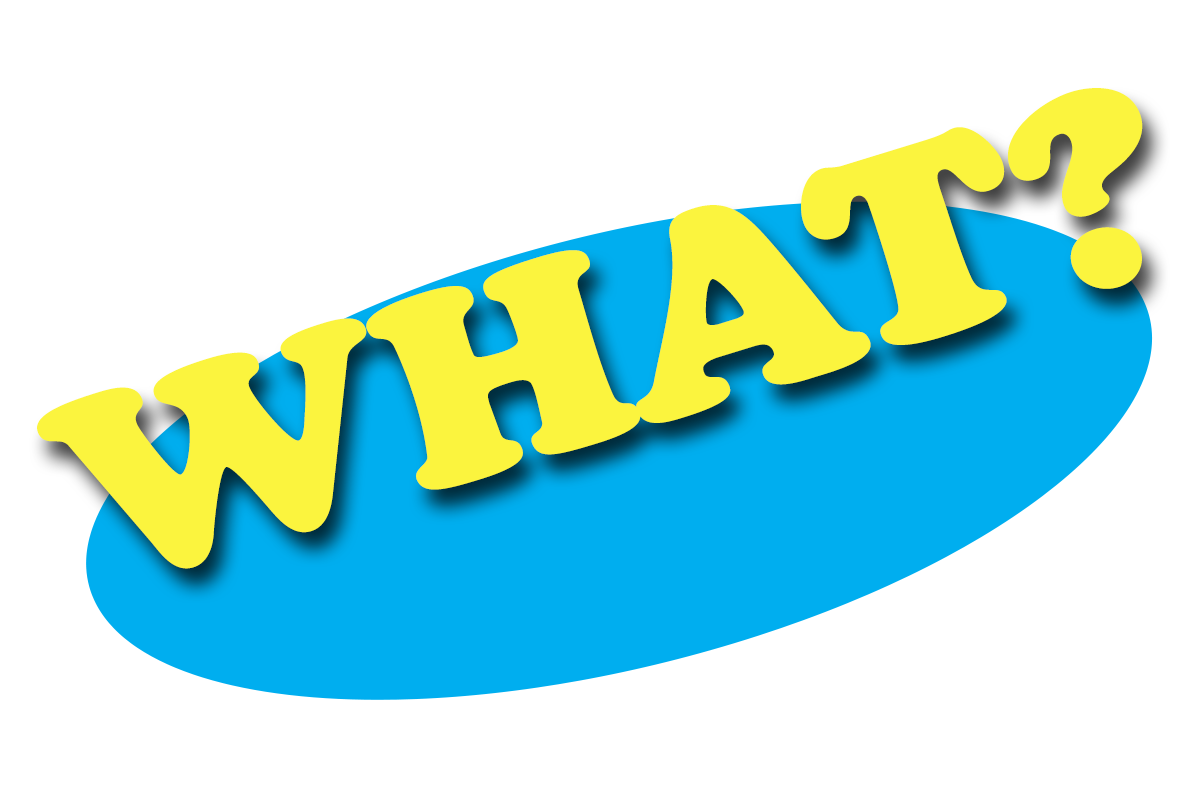Unraveling 'That': The Mighty Word You Use Every Day
Have you ever stopped to consider the incredible versatility of a single, seemingly simple word in the English language? The word "that" is one such linguistic chameleon, seamlessly adapting to various roles within a sentence, often without us even realizing its profound impact. From pointing out specific objects to connecting complex ideas, "that" is an indispensable component of everyday communication, a true workhorse of our vocabulary.
This article delves deep into the multifaceted nature of "that," exploring its rich history, diverse grammatical functions, and subtle nuances. We'll uncover how this tiny word, originating from Old English, has evolved to become one of the most frequently used and vital elements in modern English. Mastering its usage is key to fluent and precise expression, enabling clearer communication in both written and spoken forms.
Table of Contents
- The Etymology and Evolution of "That"
- "That" as a Determiner: Pointing Things Out
- "That" as a Pronoun: Standing In for Nouns
- "That" as a Conjunction: Connecting Ideas
- "That" as an Adverb and Intensifier: Adding Emphasis
- "That" as a Definite Article: Indicating Specificity
- Common Pitfalls and Nuances of "That" Usage
- Mastering "That": A Key to English Fluency
The Etymology and Evolution of "That"
To truly appreciate the complexity of "that," it's helpful to glance back at its origins. The word "that" isn't a modern invention; its roots stretch deep into the history of the English language. It stems from the Old English word 'þæt' (pronounced 'thaht'), which served as the nominative and accusative singular neuter form of 'se,' meaning 'the.' This ancient lineage highlights its fundamental role in indicating specific entities, a function it largely retains today.
Its Germanic origin connects it closely with words like the Dutch 'dat' and the German 'das,' demonstrating a shared linguistic heritage across West Germanic languages. Over centuries, as English evolved from Old English to Middle English and then to Modern English, 'that' shed some of its inflectional complexity but gained immense functional flexibility. What began as a simple demonstrative pronoun or article transformed into a versatile word capable of acting as a pronoun, conjunction, adjective, adverb, and even an intensifier. This historical journey underscores why understanding 'that' is crucial for anyone seeking to master English, as its usage is deeply embedded in the language's very structure.
"That" as a Determiner: Pointing Things Out
One of the most intuitive uses of "that" is as a determiner, specifically a demonstrative determiner. In this role, "that" functions much like an adjective, preceding a noun to specify which particular person, thing, idea, or event is being referred to. It's used when the speaker wants to indicate something distinct, often something physically or conceptually separated from the speaker or the listener. Think of it as a verbal pointer, directing attention to a specific item.
Consider the example from our data: "Pick up that book on the floor." Here, "that" clarifies precisely which book the speaker is referring to. The listener doesn't need to ask "Which book?" because "that" provides the necessary specificity, assuming the person being addressed understands or is familiar with the context. It implies a certain distance or distinction from "this," which would refer to something closer. This usage is fundamental for clear and unambiguous communication, allowing us to precisely identify objects or concepts in our environment or discourse.
- "Please hand me that remote control on the table." (Points to a specific remote, likely not near the speaker)
- "I remember that day we first met." (Refers to a specific, past event)
- "Look at

WHAT Did You Just Say? Communication Differences | Lee Counseling Services

How to Go Deeper Than Surface Learning – Go From Stress To Success!

What?!? Pictures, Photos, and Images for Facebook, Tumblr, Pinterest